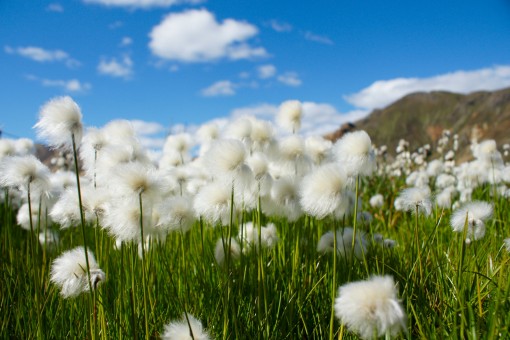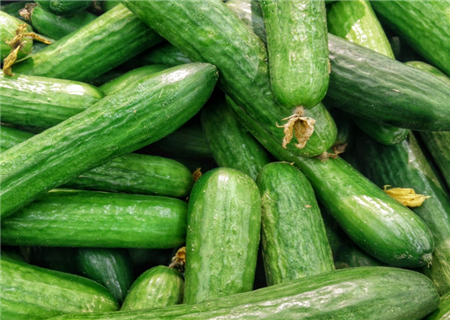When will the dandelion seeds of "authentic fire grass" be planted? How many jin can you produce per square meter? How to plant height
Dandelion, also known as Hua Hua Lang, dandelion, edible dandelion, bedwetting grass, western dandelion, mother-in-law, and so on, is a common kind of fire grass on hillsides, grasslands, mountains and wastelands. it is more and more recognized by more and more people, so there is a great demand for cooking and medicine. When will the dandelion seeds be planted? How many jin can you produce per square meter? How to grow high yield?

Planting time:
Dandelion seeds have no dormant period, from spring to autumn, as long as the climate is above 15 °can be planted. The key is whether the seeds can germinate and whether they can be planted evenly.
The seeds of dandelion germinated fastest at 15 ℃ and the slowest above 30 °. The seeds mature around the middle of May and can be planted immediately after collection. The seed sowing rate is 3m / m2, 4g / m and 25g / mu, respectively.
Introduction to the output of one square meter:
Cultivated in open field, the average yield is 0.8-1.0 kg per square meter. Cultivated in greenhouse, the average yield is 1.2-1.7 kg per square meter. Cultivated in greenhouse, the average yield is 1.5-2.4 kg per square meter.
Planting techniques:
1. Sow seeds on the bed. Horizontally open a small trench 1 cm deep and 5 cm wide, sow the seeds evenly into the ditch, cover them with fine soil, and suppress them with wooden stalks, with a row spacing of 15 cm.
2. Ridge sowing. Make a trench 1 cm deep and 5 cm wide along the ridge. After sowing, cover the fine soil and suppress it with wood.
3. Burying roots and planting. In order to get on the market early and increase income, digging roots in the field and planting them in the greenhouse can get twice the result with half the effort. When dandelions are hit by frost for the first time in late autumn (mid-late October) and the leaves change from green to red, it is necessary to dig the roots of dandelions in the field, the whole root is the best. Make a bed in the greenhouse, as described above. According to the row spacing of 15 cm, plant spacing of 5 cm, buried in the original root surface position is appropriate, so that the root top seems to be exposed on the ground, can be compacted by hand. When the greenhouse temperature is controlled at about 20 ℃, dandelion can grow normally. If dandelion is put on the market in the peak season of market demand, the greenhouse temperature should be controlled to restrict the plant growth, and satisfactory results can be obtained.
4. Field management technology:
(1) weeding by ploughing. When dandelion seedlings emerge for about 10 days, the first intertillage weeding can be carried out, and then once every 10 days or so, until the ridge is closed, so that there are no weeds in the field. After the ridge is sealed, the grass can be pulled manually.
(2) Intermediate seedling and fixed seedling. The seedlings were determined by the combination of ploughing and weeding. About 10 days after emergence, the distance between seedlings is 3-5 cm. After 20-30 days, the distance between plants is 8-10 cm, and that of the seeder is 5 cm.
(3) Fertilizer and water management. Dandelion has strong disease resistance and does not need pest control. The focus of field management is fertilizer and water, and the soil conditions are not strict. When planting dandelion, if the soil surface is not covered, it is necessary to often water to keep the soil moist to ensure the whole seedling. After emergence, the soil moisture should always be maintained.
(4) topdressing during the growing period. During the growth period, topdressing for 1-2 times should be often watered to keep the soil moist to ensure the growth of the whole seedling and after emergence. The young plants in the sowing year can not pick leaves until the second year, when the plant quality is good and the yield is high. After autumn sowing entered winter, 2500 kg of organic fertilizer and 20 kg of superphosphate per mu were applied on the border, which not only played the role of fertilization, but also protected the root system safely through the winter. After turning green in the next spring, chemical fertilizer can be applied combined with watering. At the end of autumn and the beginning of winter, water should be watered once.
Time: 2019-04-08 Click:
- Prev

What are the sowing methods of cucumber? How to manage the seedling stage? With greenhouse planting technology!
Cucumber, also known as cucumber. It is widely cultivated all over China, and is cultivated in greenhouses or plastic greenhouses in many areas; it is now widely cultivated in temperate and tropical regions. Cucumber is one of the main vegetables in summer in China. Stem vine medicinal, can anti-inflammatory, expectorant, antispasmodic. Do you know about the growth habits of cucumbers?
- Next

What are the effects and functions of the fern grass? How to breed it? Is it of high medicinal value?
The grass is a kind of traditional Chinese medicine, also known as Selaginella officinalis or Sabina vulgaris, is a perennial fern, the whole plant can be used in medicine, especially high medicinal value, can be used for some common human prevention and diseases. With regard to the efficacy and function of reviving grass, many people are not very clear about how to raise it.
Related
- Fuxing push coffee new agricultural production and marketing class: lack of small-scale processing plants
- Jujube rice field leisure farm deep ploughing Yilan for five years to create a space for organic food and play
- Nongyu Farm-A trial of organic papaya for brave women with advanced technology
- Four points for attention in the prevention and control of diseases and insect pests of edible fungi
- How to add nutrient solution to Edible Fungi
- Is there any good way to control edible fungus mites?
- Open Inoculation Technology of Edible Fungi
- Is there any clever way to use fertilizer for edible fungus in winter?
- What agents are used to kill the pathogens of edible fungi in the mushroom shed?
- Rapid drying of Edible Fungi

